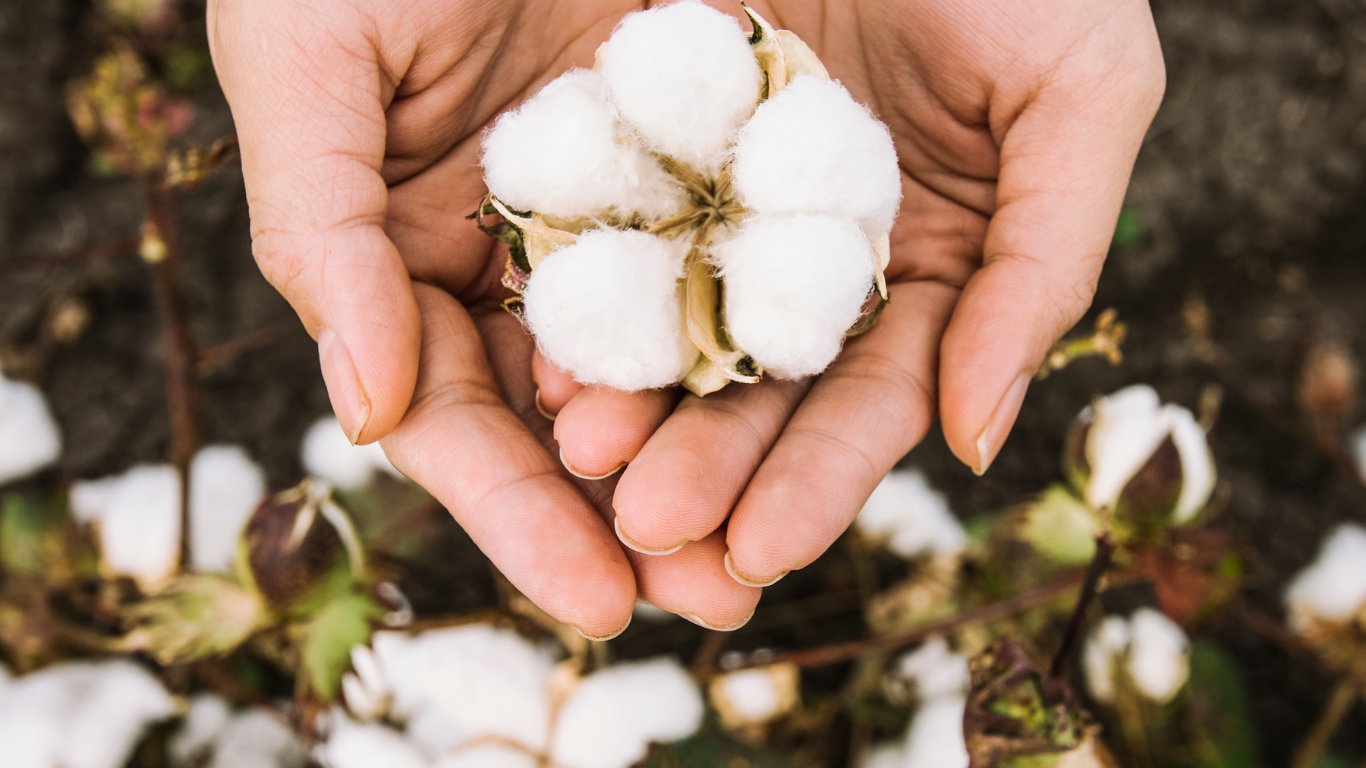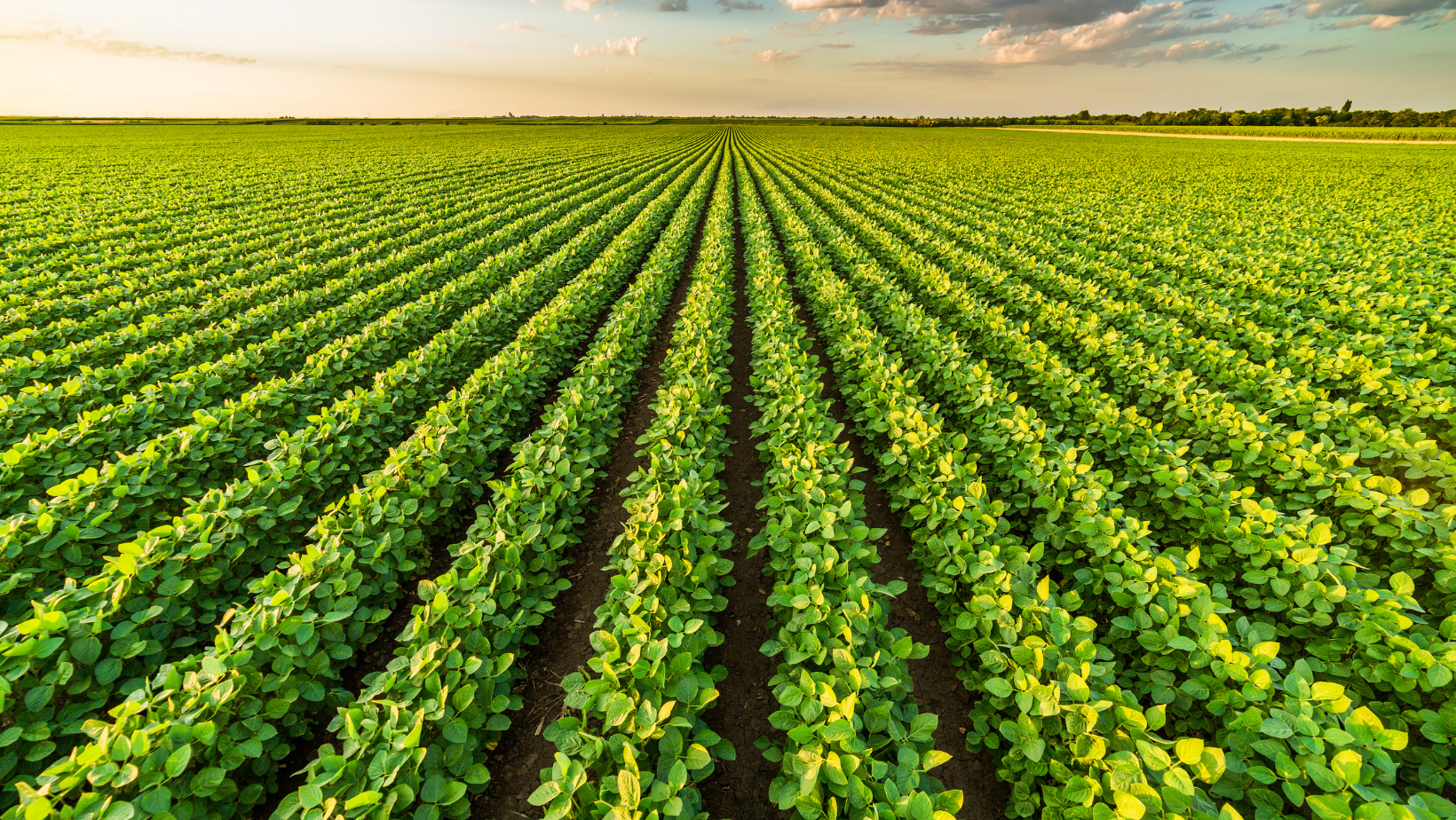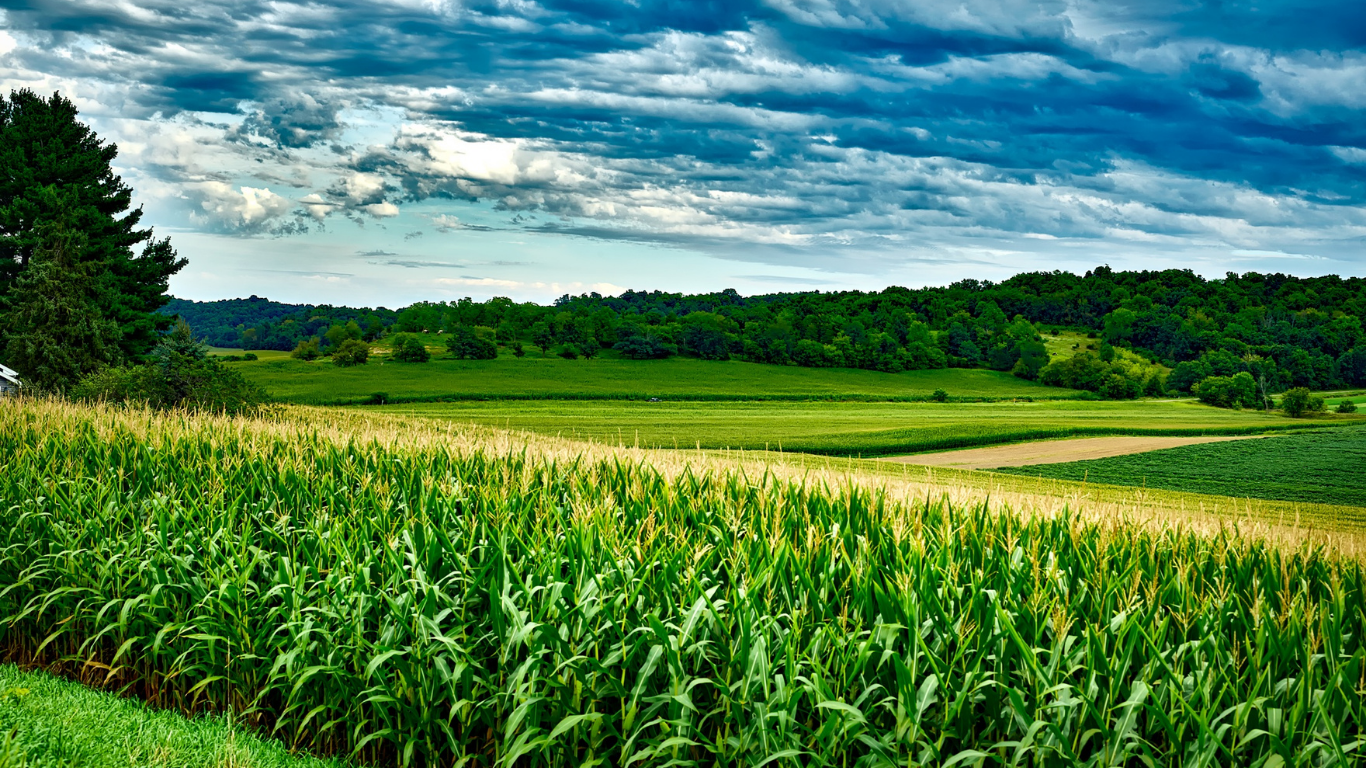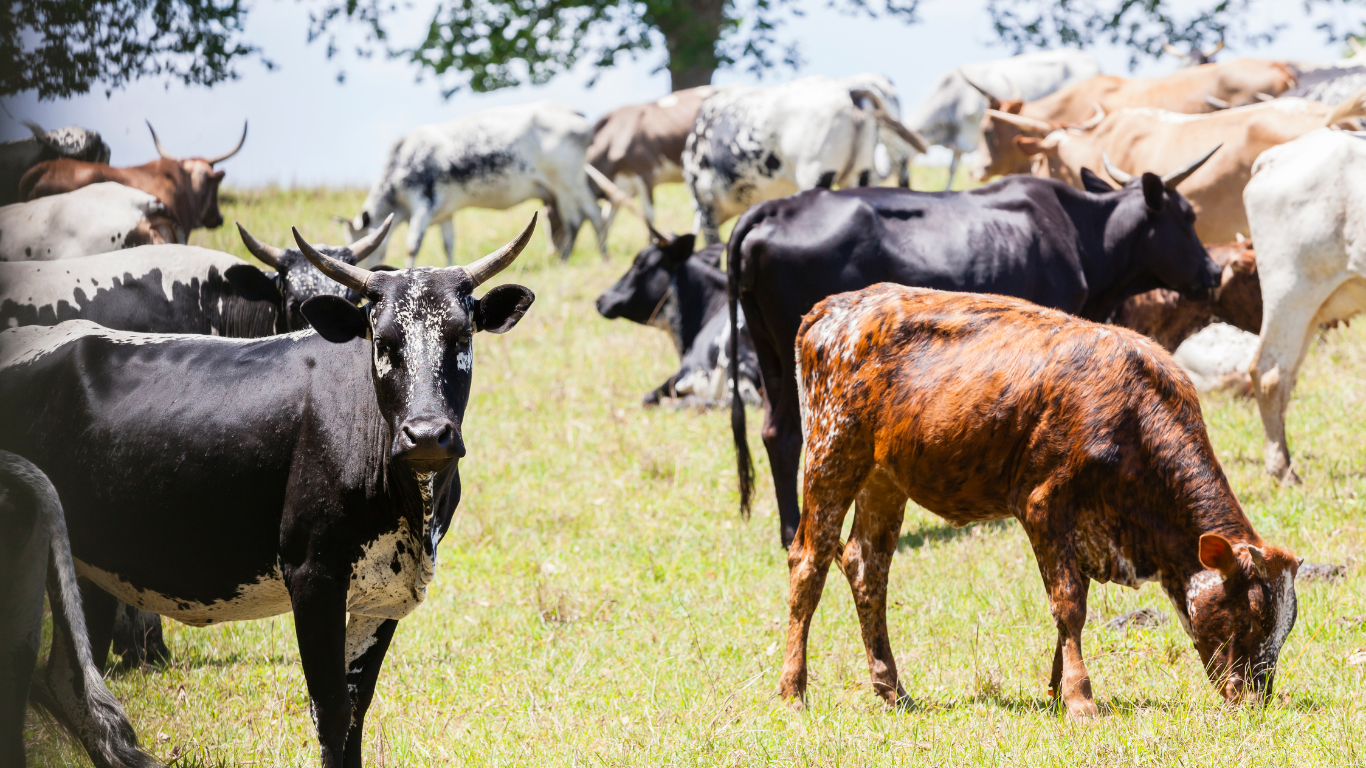As farmers are planning for the new year, they have several factors to consider. Besides supply and demand uncertainties for cotton marketing and weather uncertainties for cotton production, we are in the middle of a supply chain crisis with rising input costs and limited supplies. Additionally, inflation is a major concern, with the latest annualized Consumer Price Index at 7.0 percent. Inflation translates into higher production costs for cotton producers.
Cotton producers are wondering if they will be profitable this year under rising cotton prices and higher input costs. Figure 1 below shows the estimated costs of production for cotton in 2021 and 2022 from the University of Georgia Cotton Enterprise budgets. The total costs of production rose significantly for 2022 compared with 2021, with an average increase in total costs for irrigated land of 17.4% and a 24.7% increase in total costs for dryland production. Similar year-over-year increases in production costs have been reported for Tennessee (21% for irrigated and 27% for non-irrigated) and Mississippi (11% for irrigated and 12% for non-irrigated).[1]This increase in input costs is largely driven by the rise in fertilizer costs, crop protection costs, land costs, and energy costs. Even though individual producers’ costs vary and are determined by their production practices, these estimates clearly show the increase in input costs year-over-year.
To ensure profitability, producers need to have a sound plan for input use, particularly fertilizer application this year. Soil testing will allow producers to determine available nutrients and the profit-maximizing amount of fertilizer that should be applied. Additionally, producers should develop secondary plans for chemical applications (e.g., if product A is unavailable what other products can be used). All of this implies higher production costs and greater financial risk for this year and makes it more critical for producers to estimate and control their cost of production.
The good news is high new crop cotton prices (December 2022 closed at 100.87 cents per pound on January 31, 2022), are providing potentially profitable outcomes. With a yield of 1,200 pounds per acre for irrigated land and 850 pounds per acre for dryland production, with the costs shown in the table, cotton producers would need to lock in prices at 89 cents per pound for irrigated land and 96 cents per pound for dryland to break even. Producers need to be cognizant of the elevated amount of money at risk and modify their marketing and risk management plans accordingly. Incrementally removing price risk when purchasing inputs will help mitigate some financial risk for cotton producers. As with every year, producers need to focus on managing their profit margin through sound risk management practices.
Figure 1. The Rise in Variable Costs and Fixed Costs for Cotton Production in 2022. Source: University of Georgia Cotton Enterprise Budgets. Average of conventional tillage and strip-tillage production. Costs Exclude Land Rent.

[1] Budgets were created on different dates and have different specified costs, so some caution should be exhibited when comparing different states.
References
Estimate of 2022 Relative Row Crop Costs and Net Returns, Department of Agricultural & Applied Economics, University of Georgia, November 2021. https://agecon.uga.edu/extension/budgets.html
Cotton 2022 Planning Budgets, Department of Agricultural Economics, Mississippi State University, Budget Report 2021-01, November 2021. https://www.agecon.msstate.edu/whatwedo/budgets.php
2022 Cotton Budgets, Department of Agricultural and Resource Economics, University of Tennessee. https://arec.tennessee.edu/extension/budgets/
Liu, Yangxuan. “Rise in Input Costs for Cotton Production: Make and Keep a New Year’s Plan“. Southern Ag Today 2(7.1). February 7, 2022. Permalink








